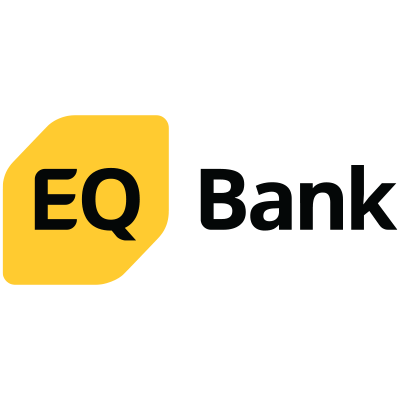Best fixed-income ETFs for Canadian investors 2025
The MoneySense “Best ETFs” panel picks the best fixed-income ETFs in 2025 for Canadian portfolios.
Advertisement
The MoneySense “Best ETFs” panel picks the best fixed-income ETFs in 2025 for Canadian portfolios.

Do you even need to invest in bonds? A couple of years ago, this was a lively debate. Fixed income performed terribly from 2021 through 2023, as inflation and interest rates shot up in the wake of the COVID-19 pandemic. When rates go up, bonds go down. Even today, now that rates have stabilized, a couple judges remain skeptical about owning conventional bond funds.
The stock market turmoil of 2025 has provided a perfect illustration of the diversification benefits of fixed-income exchange-traded funds (ETFs). As equity funds plummeted, bond ETFs not only held their value but ticked upward. If you depend on your investments for income, or want to dampen volatility, bond ETFs could have a place in your portfolio.

Get up to 3.50% interest on your savings without any fees.

Lock in your deposit and earn a guaranteed interest rate of 3.65%.

Earn 3.7% for 7 months on eligible deposits up to $500k. Offer ends June 30, 2025.
MoneySense is an award-winning magazine, helping Canadians navigate money matters since 1999. Our editorial team of trained journalists works closely with leading personal finance experts in Canada. To help you find the best financial products, we compare the offerings from over 12 major institutions, including banks, credit unions and card issuers. Learn more about our advertising and trusted partners.
| ETF | Ticker | Management fee | MER | Holdings | Description |
|---|---|---|---|---|---|
| iShares Core Canadian Universe Bond Index ETF | XBB | 0.09% | 0.10% | 1,721 | Total Canadian bond market, 70%+ government bonds, 7.5-year average duration |
| iShares Core Canadian Short Term Bond Index ETF | XSB | 0.09% | 0.10% | 676 | Safer, shorter duration (2.7 years) so less sensitive to interest rate changes/less volatile |
| BMO Aggregate Bond Index ETF | ZAG | 0.08% | 0.09% | 1,682 | Low fee, 7.5-year average duration, government and corporate bonds |
| Vanguard Short-term Canadian Bond ETF | VSB | 0.10% | 0.11% | 547 | Short 2.6-year average duration reduces your risk in troubled times |
Though generally less volatile than equity funds, fixed-income ETFs nonetheless come in a range of risk and return profiles. The longer the duration of the bonds in the fund, the greater the risk and potential return. That’s probably why two short-term bond funds, the iShares Core Canadian Short Term Bond Index ETF (XSB) and Vanguard Short-term Canadian Bond ETF (VSB), came in tied for first and third, respectively, in our survey. These funds, which hold bonds maturing in five years or less, will be less volatile than average.
If you’re seeking higher yield and are prepared to put up with more ups and downs, our ETF judges chose the iShares Core Canadian Universe Bond Index ETF (XBB) and BMO Aggregate Bond Index ETF (ZAG) as well. These are blanket bond market funds that hold both government and corporate bonds across the full duration spectrum. These are not long-term bond ETFs, though, so Canadian investors should consider these to be moderate risk, moderate duration funds. In all cases these funds have low management expense ratios, which is important when medium term bond yields are under 4%.
Share this article Share on Facebook Share on Twitter Share on Linkedin Share on Reddit Share on Email